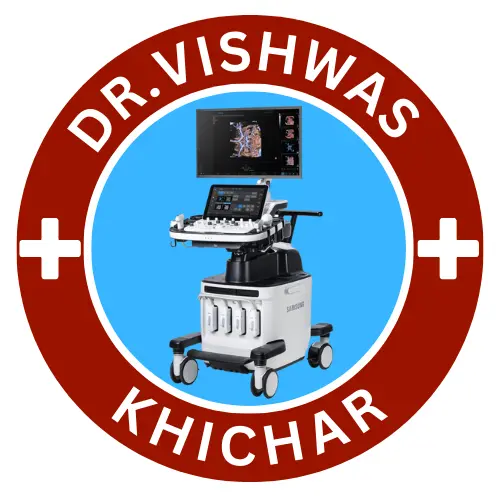Breastfeeding

Dr. Sushila Bhuria Khichar
MBBS, MS (Obs & Gyanea.)
Experience - JSS Mysore, AIIMS, Jodhpur
Assistant Professor - Govt. Medical College, Jhalawar

Dr. Manisha Dorwal Khichar
MBBS, MS (Obs & Gyanea.)
Experience - AIIMS Raipur, AIIMS Jodhpur
Assistant Professor - Govt. Medical College, & Attechad Janana Hospital, Sikar
Breast feeding your baby
New mothers are often overwhelmed with the idea of exclusive breastfeeding their babies but this is considered the healthiest way to feed your baby. We now recommend exclusive breast feeding for the first six months after delivery.
Why is breastfeeding best for your baby?
Breast milk contains all the nutrients your baby needs in the right amounts, and in forms that are very easily absorbed. Its composition changes as your baby grows, to produce the right milk for your baby.
A baby’s immune system is not fully developed at birth. It protects your baby from infections and other diseases because your antibodies are passed to her through your milk. It also helps you and your baby to get closer, as the bond between you can grow stronger by constant holding and skin contact.

Why is breastfeeding best for you?
It is said that breastfeeding is probably the most satisfying experience of becoming a mother. Besides making you a more complete woman, it also helps your uterus return to its normal size more quickly because of the extra secretion of the milking hormone. Also the body uses up extra calories and energy to make milk, it can help you to lose some of the weight gained in pregnancy.
Breastfeeding may also increase your protection against breast and ovarian cancer. Practically, breastfeeding is much quicker and easier than bottle feeding. There is no need to wash, measure out, prepare feeds or sterilise bottles; and it’s always on tap at just the right temperature for your baby.
Breastfeeding immediately after delivery
Majority of pregnant women have milk ready for their babies when they are born. This milk is called colostrum and it is mostly pale yellow in colour. Colostrum is very concentrated and full of the goodness of antibodies that can boost your baby’s immunity. This milk is produced in very small amount but is full of nature’s goodness. Do not worry too much about not producing enough milk as your baby’s requirement is also very limited. However you may have to feed quite frequently but the more you’ll feed, more will be the secretion eventually.
Babies are often very alert in the first hour after birth and keen to feed. If your condition allows, just hold and let your baby suckle you. It calms them and fosters a deep bonding experience between the two of you. If for some reason you are unable to feed your baby for the first two hours, make sure that the baby receives some nourishment by way of expressed milk or top feeds.
Managing through the initial days….
After the first 48-72 hours of birth, body starts to produce the white, thinner milk instead of the thick colostrum. You may feel that the breasts are becoming fuller or leakier. Please do not worry about producing enough milk as your body adapts itself according to your baby’s needs if you are exclusively breastfeeding.
Demand feeding is considered better as it allows your baby to decide when it has had enough. Feed them as often as they want. There would be days when babies tend to sleep more or feed more. If your baby does not seem too irritable then just go with the flow of the day.
Sometimes, breast milk may leak from your breast. This happens usually in the early days when supply is more than demand. It is also not unusual for the other breast to leak while you are feeding your baby from one breast. This is considered perfectly normal. You may want to use some breast pads to keep yourself dry and to avoid spoiling your clothes. If you decide to buy breast pads, it is necessary to change them after each feed. Plastic-backed ones would protect your outer garments but may make your skin even soggier.
At the beginning make sure your baby is well latched to your breast. This will help your body make the right amount of milk and stop your breasts from getting sore. When your baby comes off the first breast, offer the second. The next time you want to breastfeed, start from the second breast first.
It doesn’t matter if she is not interested or don’t feed for long. At times your baby might seem hungrier than usual and feed for longer or more often. Your body responds automatically and makes more milk to provide the extra needed. This is why you can feed more than one baby at the same time.
There is no need to offer infant formula milk or water in addition to breast milk. If your baby feels hungrier, feed her more often rather than offer infant formula.
After a while, you will get to know the signs that mean your baby is ready to feed. Most babies will signal that they are hungry by opening and closing their mouths, making sucking noises, opening their eyes or turning their heads to bring their mouths towards you.
